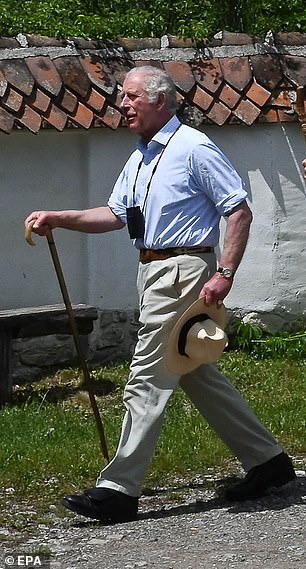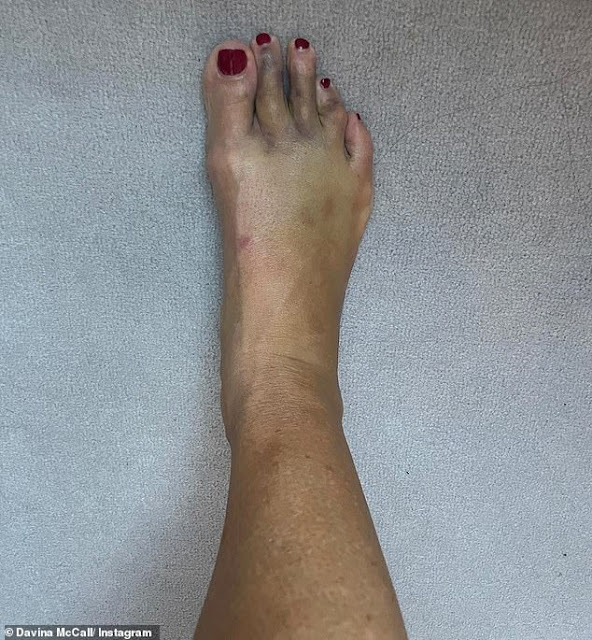I was walking into the grounds of Colchester General Hospital the other day and I came across a sign at the entrance from the main road that read, ‘No highway rights exist or shall accrue beyond this point.’ (I take a great interest in signs that forbid or limit pedestrianism.)
Being in a Philistine frame of mind I started thinking about Deep Purple’s ‘Highway Star,’ AC/DC’s ‘Highway to Hell’ and a great many other songs that tend to refer to the highway as a place for truckers and demon drivers as opposed to pedestrians, which left me wondering what ‘highway rights’ are.
A little research on various plausible-seeming websites tells me that, ‘Highway rights mean that the public has a right to “pass and repass” over the land.’ Got that? Not just pass but pass and REPASS.
What then is a highway? ‘A Highway is an area of land which the public at large have the absolute right to use to “Pass and Repass” without let or hindrance.’ OK then, but it’s worth noting, ‘Though the term highway is popularly used to refer to roads, its legal definition covers any public road, track or path. Historically, a highway, which was also referred to as ‘the King’s highway’, was defined as a public passage for the use of the sovereign and all his or her subjects. The Highway Act 1835 defines highways as ‘all Roads, Bridges (not being County Bridges), Carriageways, Cartways, Horseways, Bridleways, Footways, Causeways, Churchways and Pavements’.
The ancient King's Highway was a trade route from Egypt to Mesopotamia, from Heliopolis (where the obelisks abound) across the Sinai peninsula and by a circuitous route to Resafa, now in Syria. It’s a long walk in anybody’s book, and not one our present monarch is likely to be undertaking.
In England, of course, we have ‘The Highway Code,’ a handy little book that you acquire and read when you’re learning drive then never think about again once you’ve passed your driving test.
We tend to think of it as a guide for drivers but in fact rules 1 to 36 apply specifically to pedestrians. Most are straightforward and common sense but one or two are slightly baroque.
Rule 15: Reversing vehicles. Never cross behind a vehicle which is reversing, showing white reversing lights or sounding a warning.
Rule 16: Moving vehicles. You MUST NOT get onto or hold onto a moving vehicle.
Good advice there.
Above is an illustration from the Highway Code website. You and I might think that walking across that road wouldn’t be too much of a challenge, but if Death Race 2000 has taught us anything it’s that you can never be sure what’s coming round the bend. Bonus points for killing pedestrians.






























